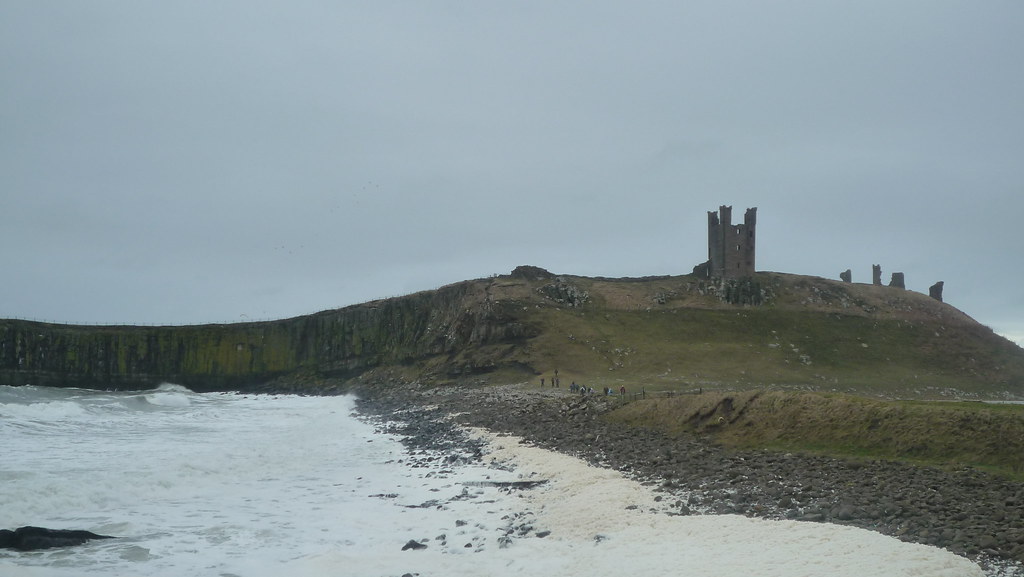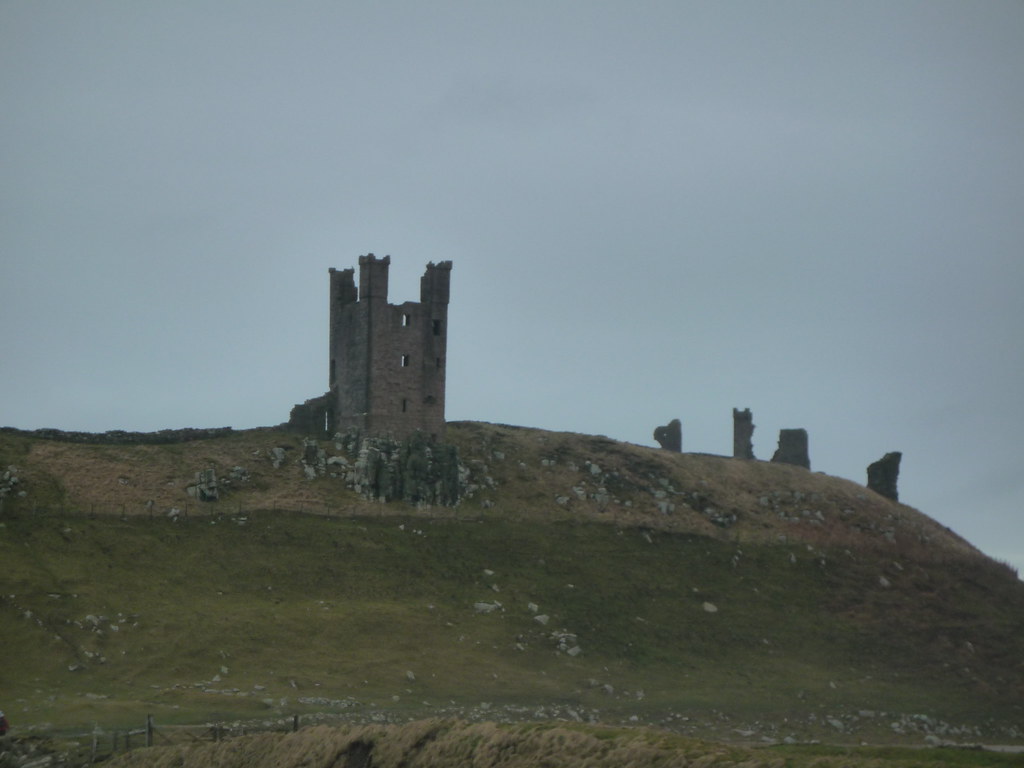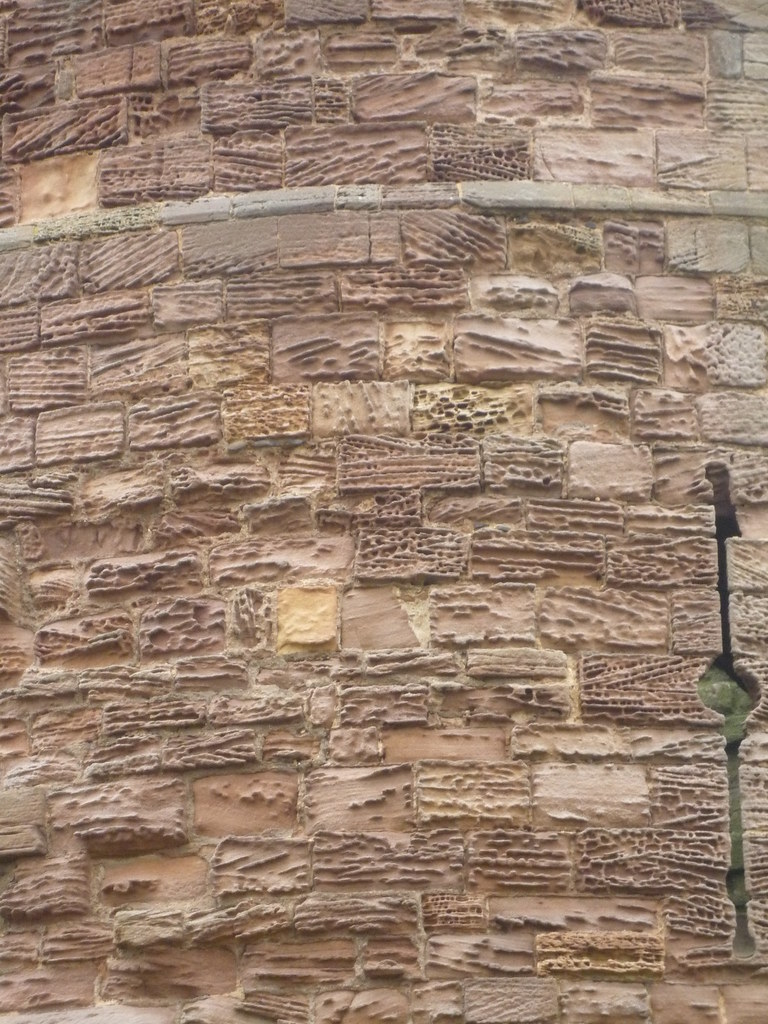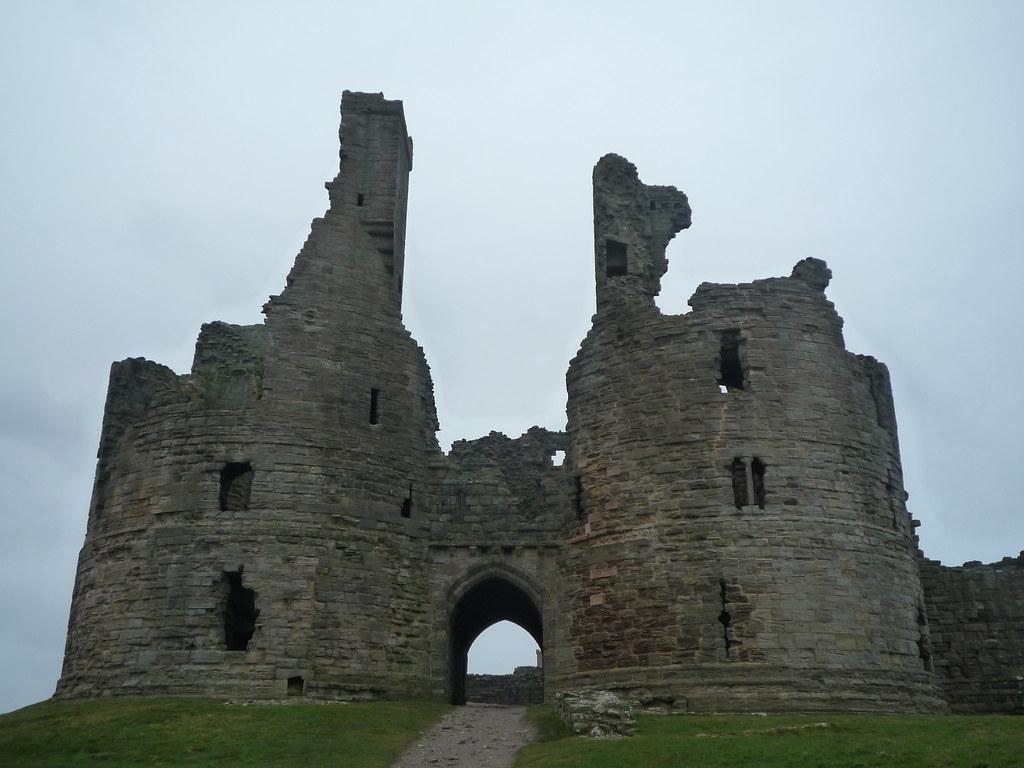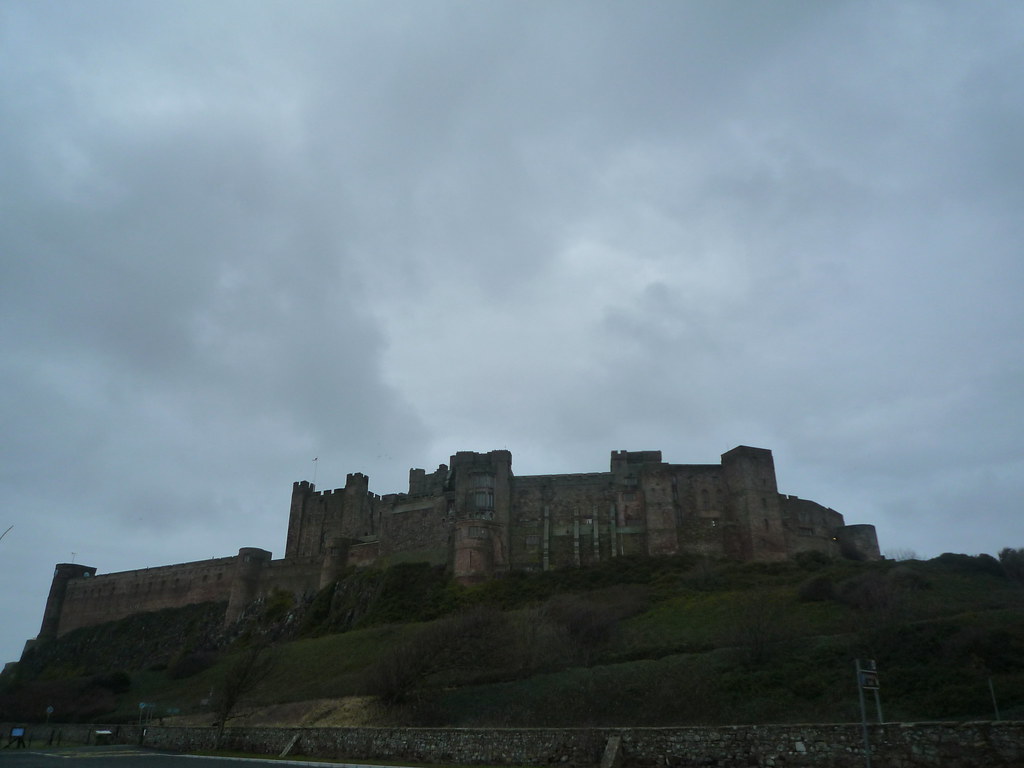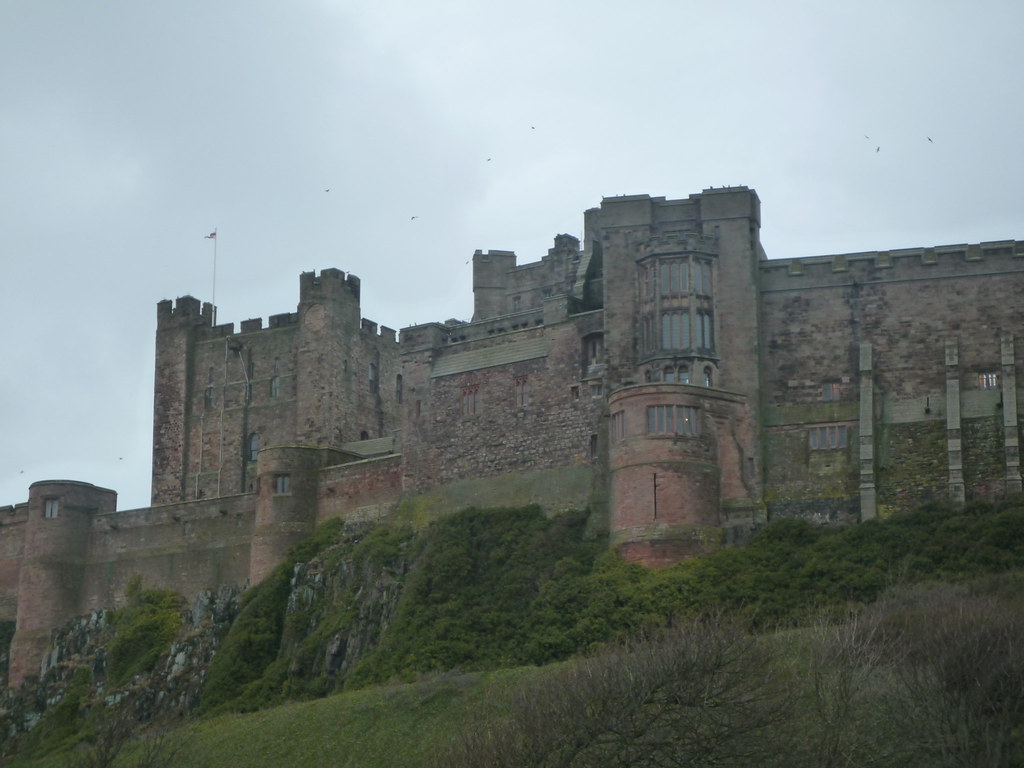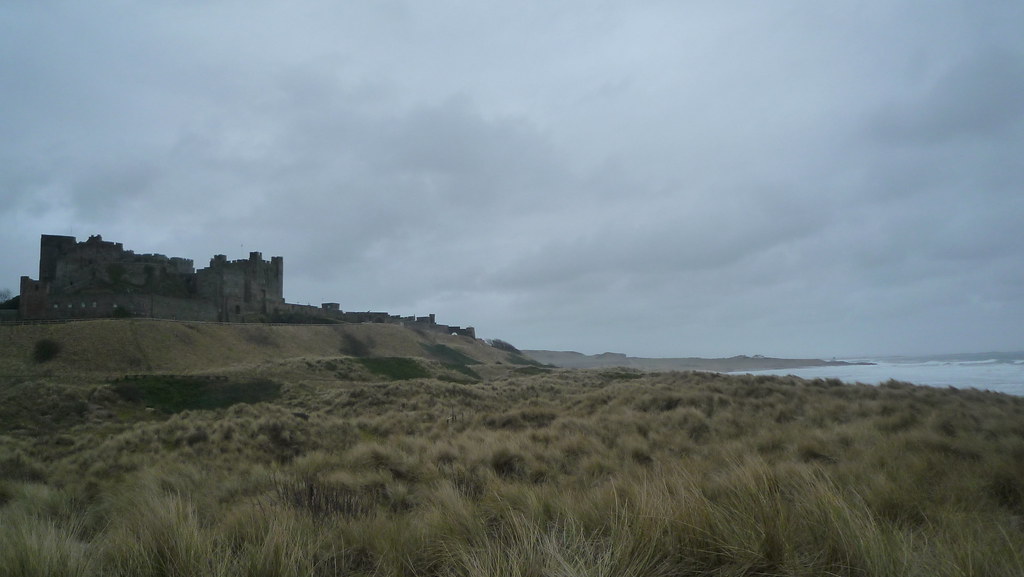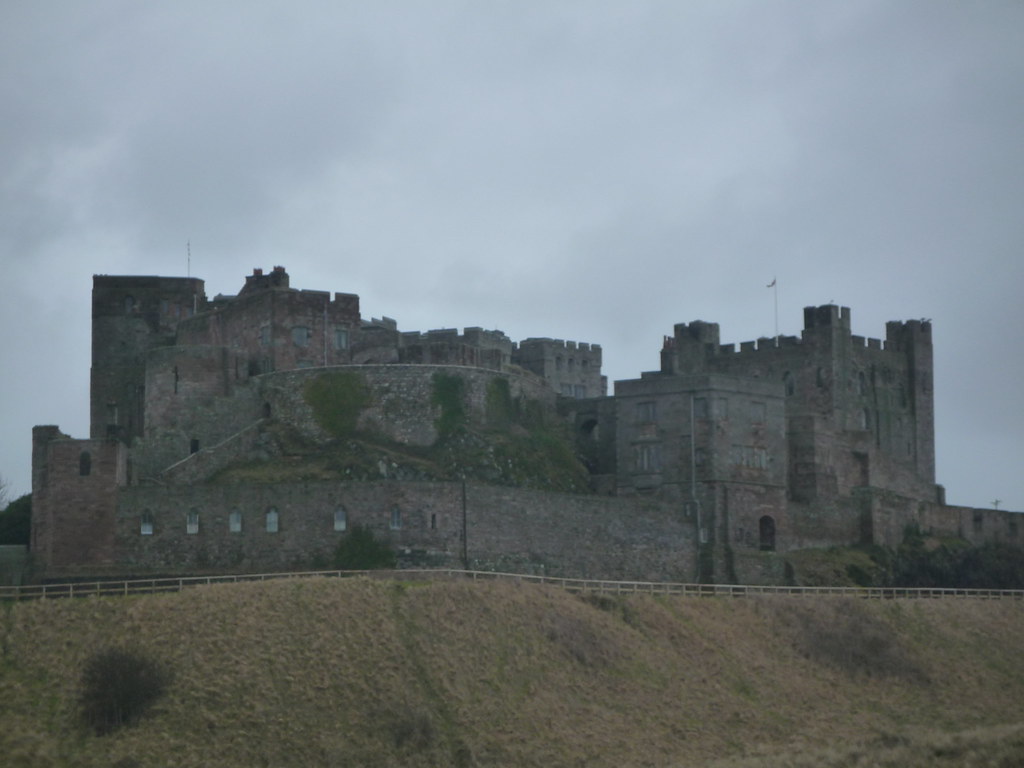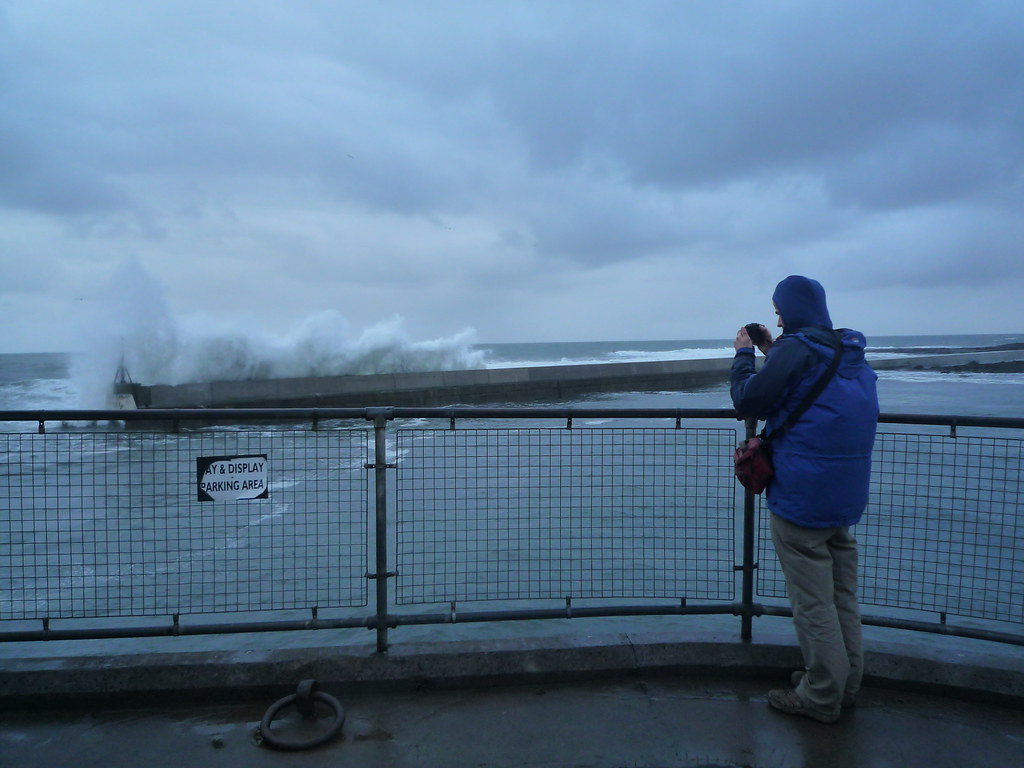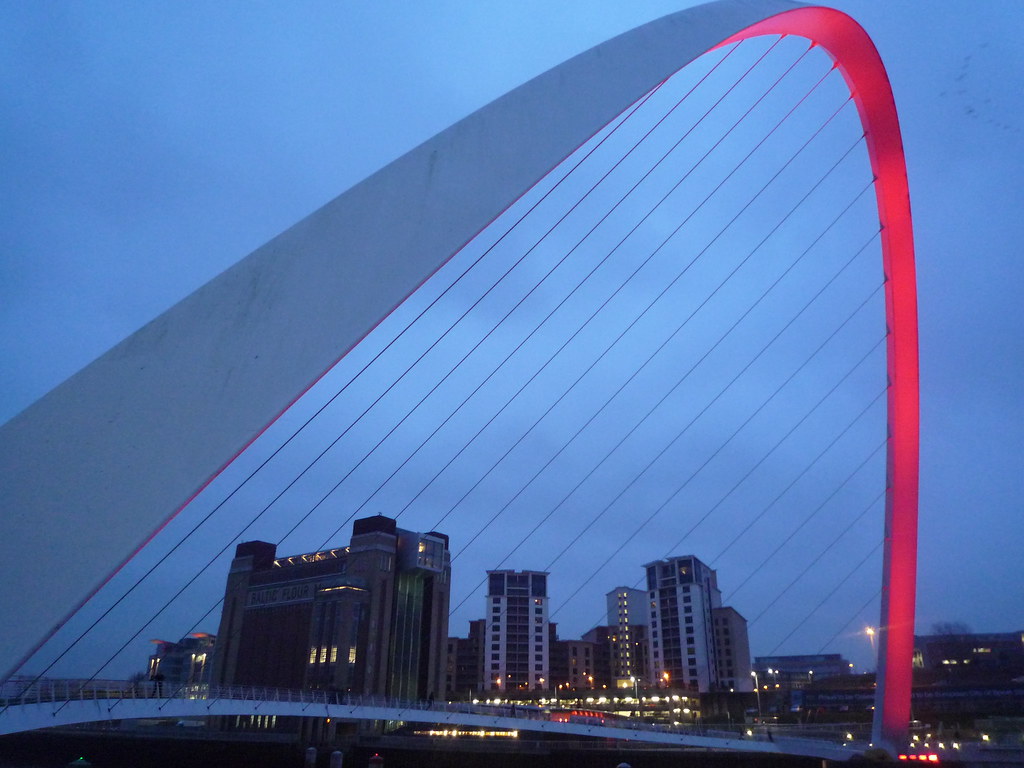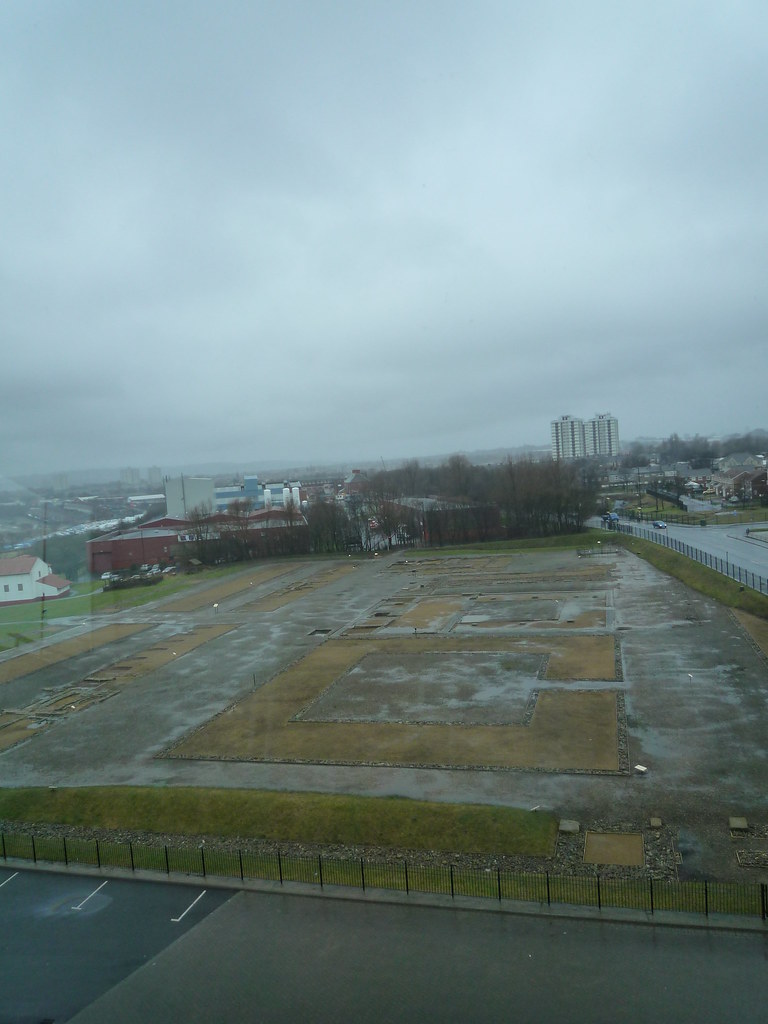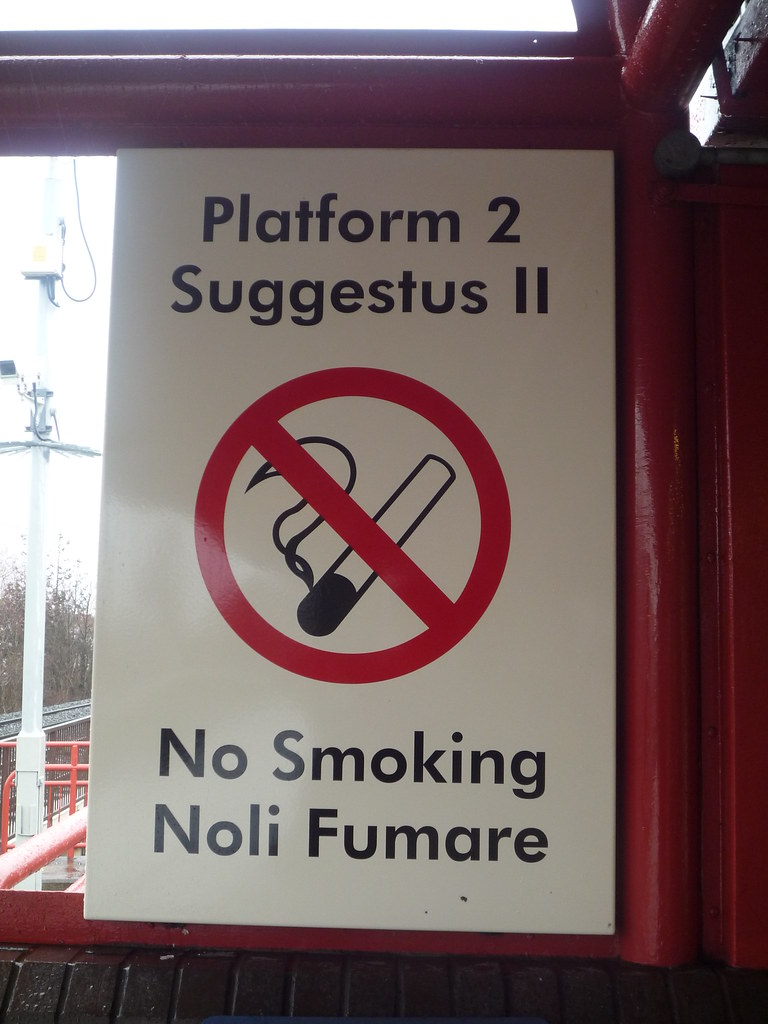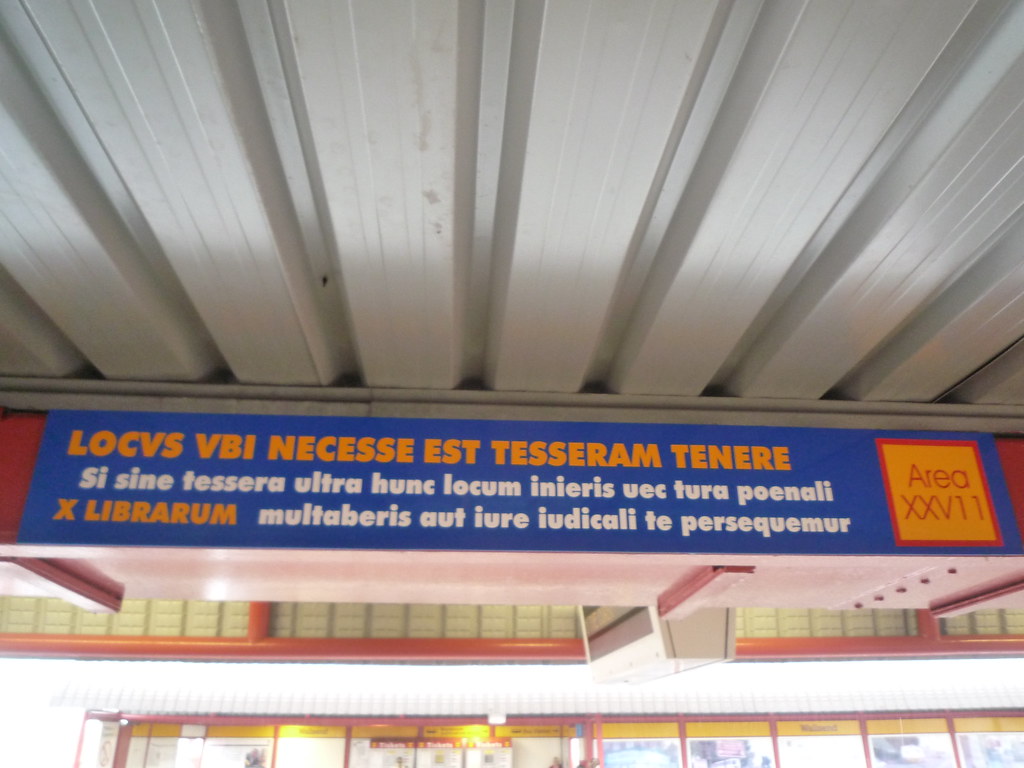I entered
Newcaste-upon-Tyne through its castle grounds due to the train station swallowing up the area of the ruin. The only true remains are the castle keep, built in the 1170's. The stone replaced the wooden motte and bailey castle build in 1080 just after the Norman conquest, and was hence dubbed the 'new' castle (compared to the Roman fort first used to defend the site). Coming from a country with hardly any history at all, it is hard to fathom a place where things a millennium old can have 'new' affixed to their names unironically.

The keep is dwarfed by the mass of rail lines above and around it, and of course the station large enough to handle them all. Despite the name of the city and my purported purpose in Britain, I really didn't stop here for the castle. I was much more interested in the art and Roman ruins. My first stop was the Great North Museum. It features an enormous range of scientific and historical material, from dinosaur bones and replicas to an extensive taxidermied taxonomy exhibit to a planetarium. I was mostly focused on the interactive section concerning Hadrian's Wall, which had dozens of stones inscribed with death notices, prayers, tributes, and cult rituals, which the museum brought to life by having voice actors explain why the Roman soldiers or merchants wanted to make such permanent markers. The stones are arranged along a long narrow room which has a model of Hadrian's wall in the middle that shows what it would have originally looked like and shows where the stones were found. After that, I wandered about the city for a while gawking at the building. Newcastle-upon-Tyne's art begins with its architecture, especially its churches and bridges.

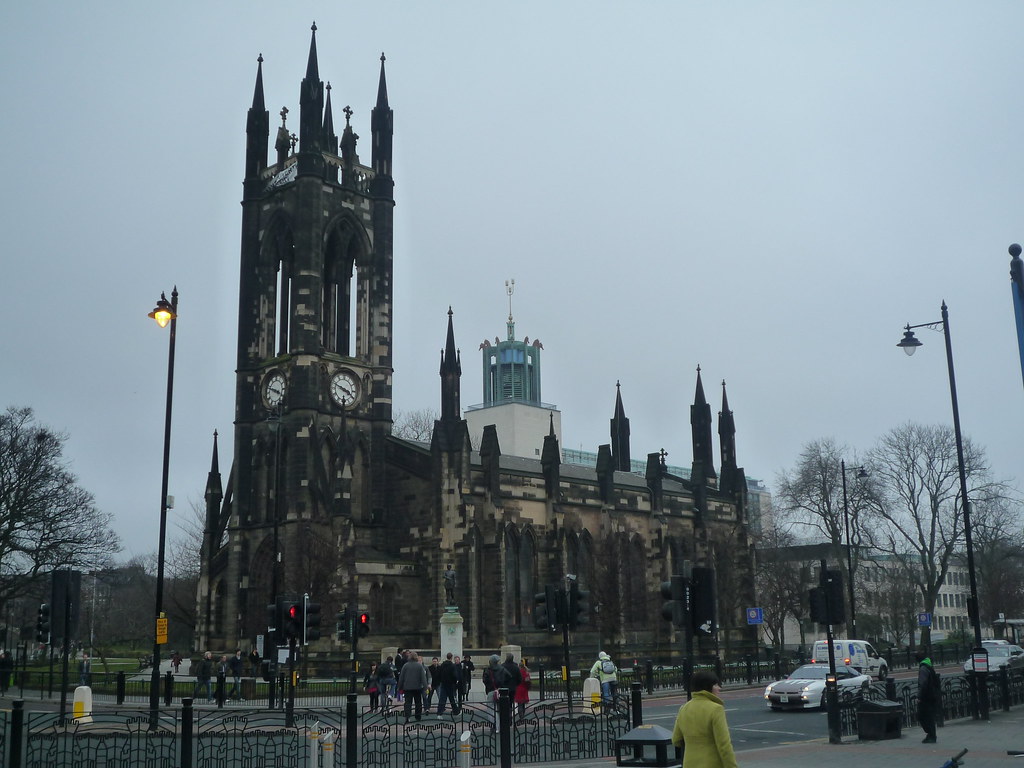
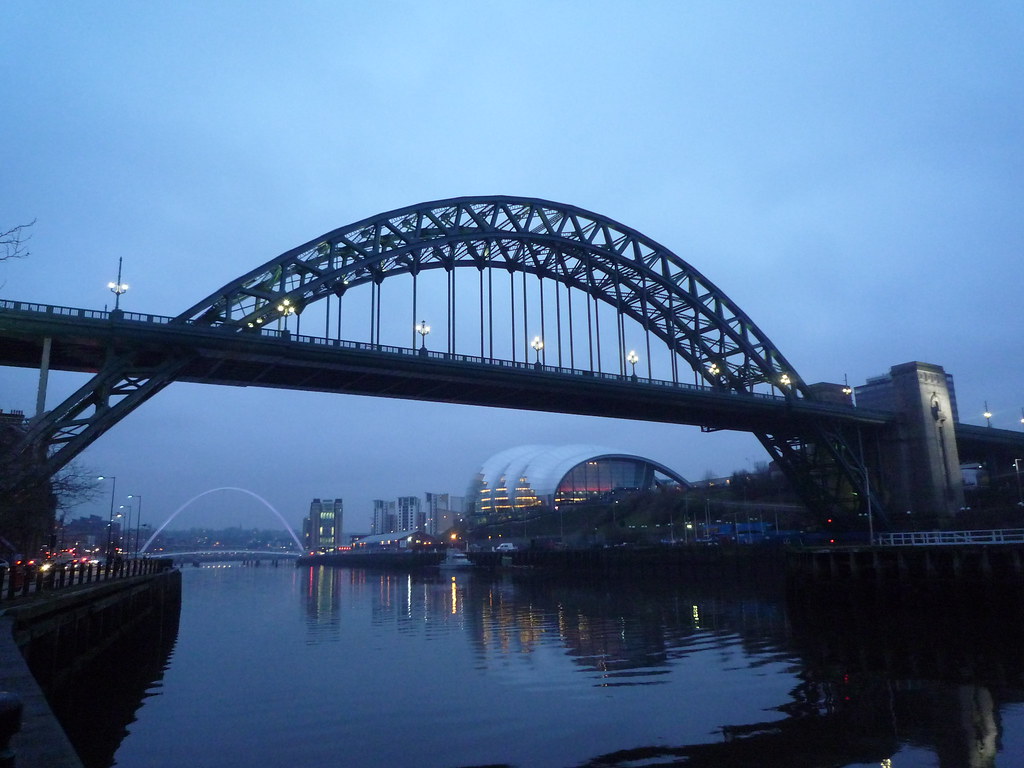
The area across the Tyne is actually the town of Gateshead, and the Sage Gateshead concert hall is the most striking building along the waterfront (though the bridges themselves compete to be more eye-drawing).
The pedestrian Millennium Bridge looks nice at night but is most impressive when open. Instead of simply opening in half or even pivoting like other bridges, its massive suspension counterweight allows the entire monstrosity to rotate up out of the way in a manner widely compared to an eyelid opening. Over a meal where I set out to bankrupt an all-you-can-eat Chinese buffet, my couchsurf host advised me that the best view of the Millennium 'Blinking' Bridge's wink was from the Baltic Art Gallery, so I timed my next day's itinerary to make sure I saw it from the viewing balcony.


The Baltic itself is a massive brick former grain store converted into an art museum. I liked some of the exhibits, though contemporary art has never been my thing. I would have loved to see the building at its reopening, however, when the full area had been gutted, leaving a colossal shell of bricks filled with a wild sprawling modern sculpture that snaked along the walls and over balconies. The pictures looked fantastic, and the sheer presence of a sculpture on such a scale would have been something to behold.
I moved on to other art museums, such as the unfortunately closed Laing Art Gallery. I still enjoyed the 'Blue Carpet' outside, where the walkways were covered to look like a carpet covered them, complete with edges curling up where they meet the building, slits cut open to allow traffic pylons to poke through, and strips cut out and bent over to form benches. The blue has long since faded to gray, but the effect remains.
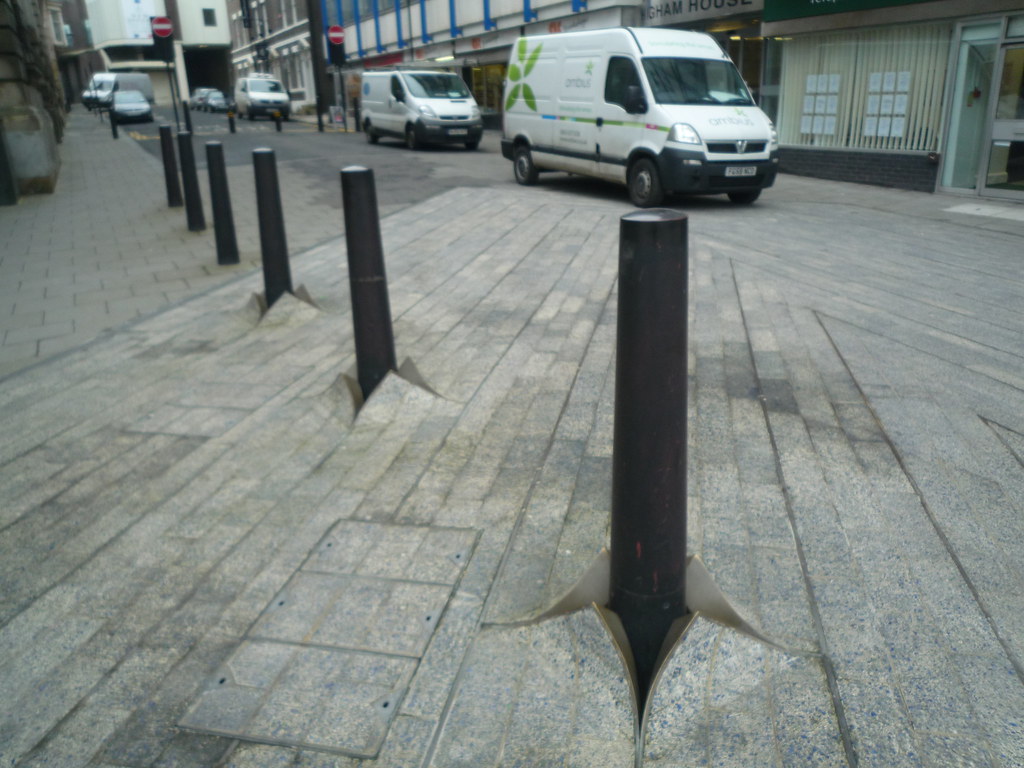

From there I went to another converted building, the Biscuit Factory. Honestly, the way the architecture reclaimed what was once surely a dull space by means of hanging walkways and flowing staircases interested me far more than the exhibits that consisted of interior design pieces as mush as paintings. I moved on to meet up with a different couchsurf host, whose roommate was cooking a Korean meal quite familiar to me. She was ethnically Korean but from Japan, and they both were part of the University's Japanese society. I tagged along to the society meeting since at the time I thought I would be teaching English in Japan next.
The next day I went out to Segedunum, the Easternmost major Roman fort on Hadrian's wall. There wasn't much left, but they had good exhibits of what was found there presented in reconstructions of some of the more important buildings. The overlook of the site mostly looked upon a muddy mess, but I still enjoyed wandering through it to get a feel for the layout of the Roman fort.
Across the street was a bit of Hadrian's Wall, along with a reconstruction of a few yards of what it would have looked like to the Picts of the less-welcoming side of it.
The rail station for Segedunum has bilingual signs in English and Latin. It was amusing, but reminded me that my own Latin skills have become so rusty that they are more a corroded latticework of bits strung together than any recognizable structure.
I backtracked to Newcastle's main station in order to continue North past the end of the (Roman) world into the wilds of Northumberland.
